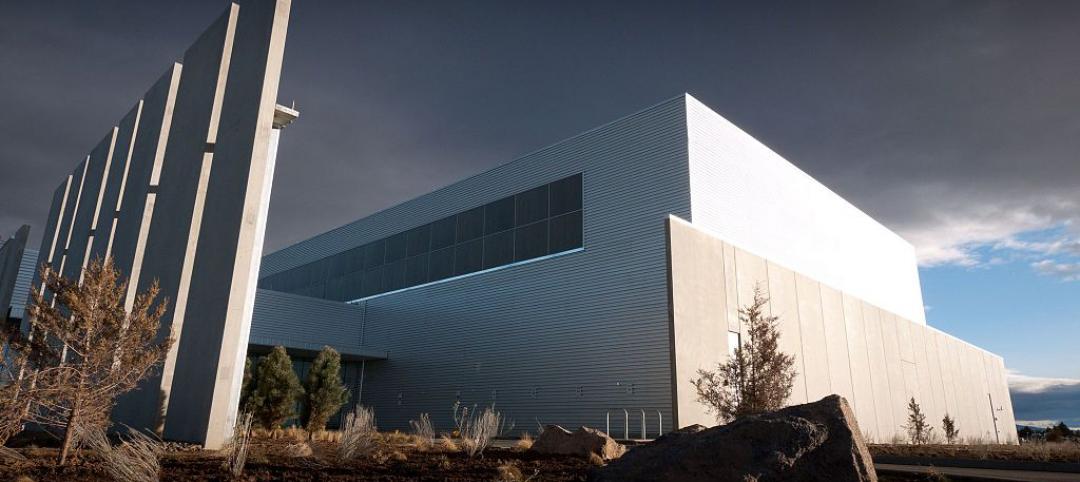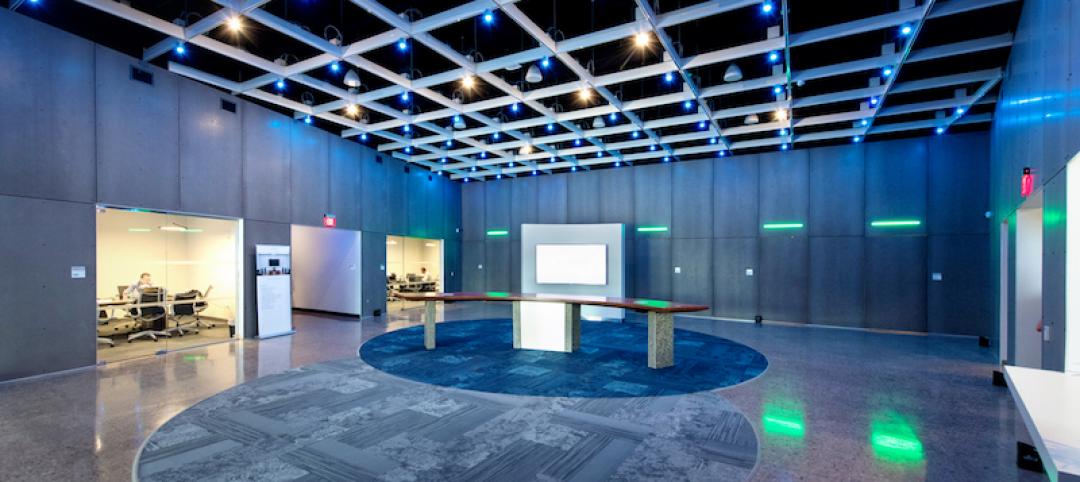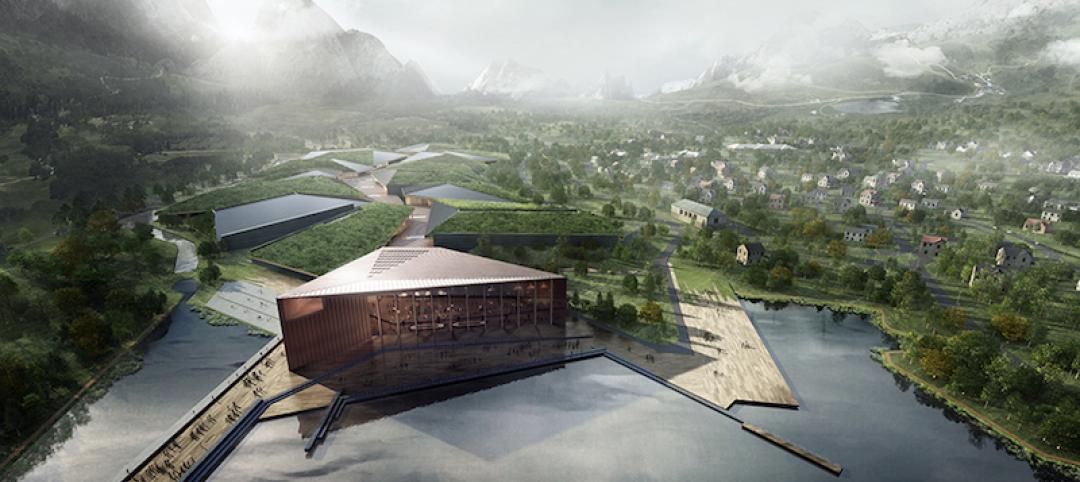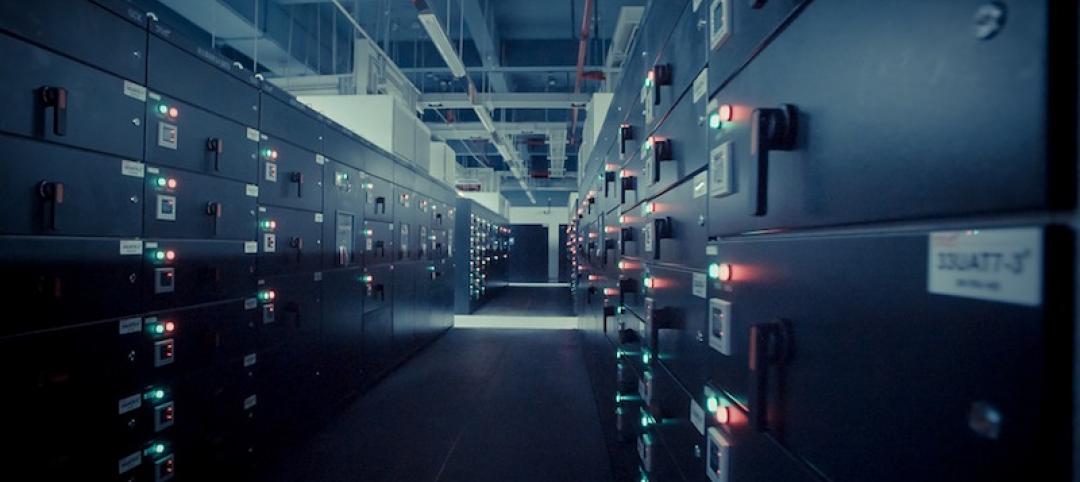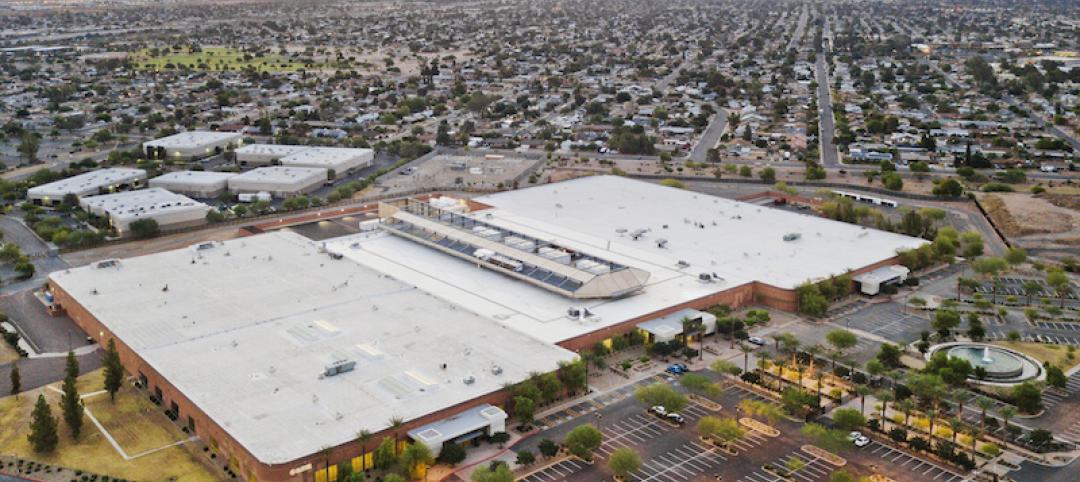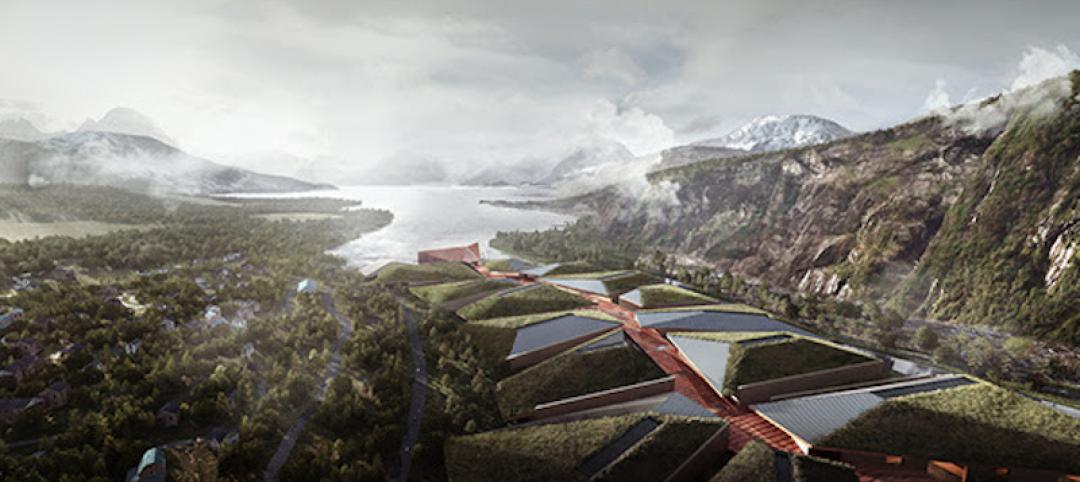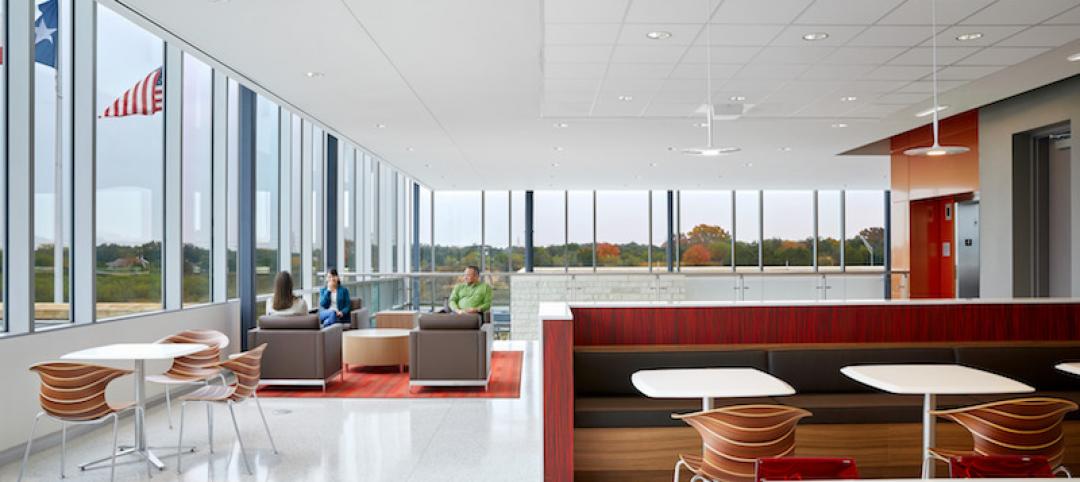Over the last decade, companies have been looking to the cloud as a way of accelerating the shift toward digital but were held back by inevitable change barriers that come with business transformation. The pandemic served as the ultimate wake-up call for organizations to take their IT infrastructure to new heights and accelerate their timelines to become fully transformed enterprises. According to JLL’s new Global Data Center Outlook, the mass adoption of cloud computing and artificial intelligence (AI) is driving exponential growth for the data center industry, with hyperscale and edge computing leading investor demand.
“After the pandemic removed the four walls of the workplace, our new world of hybrid work has created an unprecedented need for digital technology. Employees are looking to their companies to create a seamless experience wherever they choose to work, requiring intelligent technology solutions to bridge the gap between the physical and the digital,” said Andy Cvengros, Managing Director, JLL. “As this reliance on digital technology increases, the data center industry is experiencing impressive growth and catching the eyes of investors and lenders as a strong, alternative asset class that has been relatively unimpacted by continued economic uncertainty.”
With Internet usage almost universal, the need for more robust connectivity and innovative data storage solutions continues to drive high investor demand, where the global colocation data center market size is forecasted to grow 11.3% from 2021-2026. The U.S. is seeing strong appetite compared to other regions and accounts for 52% of all data center transactions from 2018 to 2022.
Additionally, the U.S. had 1,633 megawatts (mw) of absorption in 2022 for the six U.S. primary markets – Chicago Dallas-Fort Worth, New Jersey, Northern California, Northern Virginia and Phoenix. These markets also have 1,939 mw under construction.
As the demand for digital IT infrastructure continues to increase, hyperscalers and edge are poised to be the fastest-growing segments of the data center industry. In fact, the hyperscale market is expected to grow 20% from 2021 to 2026, as more major tech companies look to meet surging demand for data processing and storage requirements. With 314 new hyperscale sites globally in development today, that number is expected to surpass 1,000 by the end of 2024 – up from around 500 sites just five years ago. Fifty-three percent of hyperscale capacity is in the U.S., according to Uptime Institute.
Artificial intelligence drives demand for data center facilities
The goldrush of AI today is driving growth even further. Following the rapid development of AI tools like ChatGPT, the potential of generative AI to transform industries in 2023 is expected to accelerate demand for computing power in data centers. With AI offering increased data usage and computing efficiency benefits, half of all cloud data centers are expected to use AI by 2025.
Despite this strong demand, however, the skills shortage for high-tech talent will remain a challenge for the data center market’s continued growth. According to the Uptime Institute’s annual data center survey, nearly half of the workforce is approaching retirement within the next decade, and younger workers without the necessary technical skills are unable to fill new roles quickly enough to keep pace with sector growth.
As operators look to aggressively grow and deepen their bench of expert talent to avoid an industry-wide talent shortage, there will be increased focus on mass training programs for high-tech jobs. Government instituted programs will be to key keeping the data center talent pipeline full, including most recently with the CHIPS for America Act that offers grants and loans to help boost the education pipeline across the technology ecosystem, including data centers.
“At a time when our increasingly digital world is exploding with demand, data center operators are discovering that younger generations pose an entirely new recruitment challenge,” added Matt Landek, Managing Director, Data Centers & Telecom, Work Dynamics, JLL. “To help futureproof the industry and mitigate the labor pipeline drying up, scaling robust training and recruitment programs will be key in 2023 and beyond to build a stronger, more diverse pipeline of young talent.”
The report also explores corporations and governments focusing on ramping up efforts to close the gap between environmental commitments and action in the race to net-zero. The data center industry is facing increased pressure for more transparency of climate mitigation efforts and has been working toward more sustainable operations. Being one of the most energy-intensive building types, data centers collectively account for approximately 2% of the total U.S. electricity use, and, at the end of 2021, global data center energy consumption reached 190.8 terawatt hours – 2.2 times more than 2020.
To incentivize a more transparent and standardized approach toward sustainability, climate legislation momentum and self-regulatory initiatives are driving technology improvements and new sources of power. From the Inflation Reduction Act that extends tax credits for sustainable energy sources to the SEC proposing new climate-related disclosure requirements for public companies. First-mover operators who react swiftly to improve efficiency with both energy and water usage stand to benefit as environmental impacts remain top-of-mind for leading companies and investors.
Related Stories
Data Centers | Feb 22, 2018
Demand for ‘hyperscale’ data centers continues to grow; U.S. leads the way
The number of so-called “hyperscale” data centers worldwide surpassed 390 at the end of 2017, with 69 more facilities in the works, according to Synergy Research Group.
Giants 400 | Oct 16, 2017
Data center market forecast: Clearly cloudy
Look for mission-critical construction to double in the next few years.
Data Centers | Oct 13, 2017
Top 35 data center construction firms
Turner Construction Co., Holder Construction, and DPR Constrcution top BD+C’s ranking of the nation’s largest data center sector contractors and construction management firms, as reported in the 2017 Giants 300 Report.
Giants 400 | Oct 12, 2017
Top 30 data center engineering firms
Syska Hennessy Group, AECOM, and Morrison Hershfield top BD+C’s ranking of the nation’s largest data center sector engineering and EA firms, as reported in the 2017 Giants 300 Report.
Giants 400 | Oct 11, 2017
Top 25 data center architecture firms
Jacobs, Corgan, and Gensler top BD+C’s ranking of the nation’s largest data center sector architecture and AE firms, as reported in the 2017 Giants 300 Report.
Data Centers | Aug 28, 2017
Do AEC firms have the wattage to meet the demands of a charged-up data center sector?
As construction and leasing surge, one big contractor worries about his industry’s talent shortage.
Data Centers | Aug 16, 2017
The world’s largest data center is being built 140 miles north of the Arctic Circle
The 600,000-sm facility will be on a secure property surrounded by a moat.
Healthcare Facilities | Jul 25, 2017
Healthcare technology: Preparing for the world of tomorrow
This article outlines the current data center landscape in the healthcare sector, industry trends, and challenges and opportunities new technologies present to the healthcare space.
Data Centers | Jul 21, 2017
Operational wellness was an objective for a new 911 call center near San Antonio
The Operations Center consolidates activities that previously were being handled at 25 locations.
Data Centers | Oct 14, 2016
Where data centers meet design
As technology continues to evolve, we have to simultaneously adapt and help our clients think beyond the short term, writes Gensler's Martin Gollwitzer.



